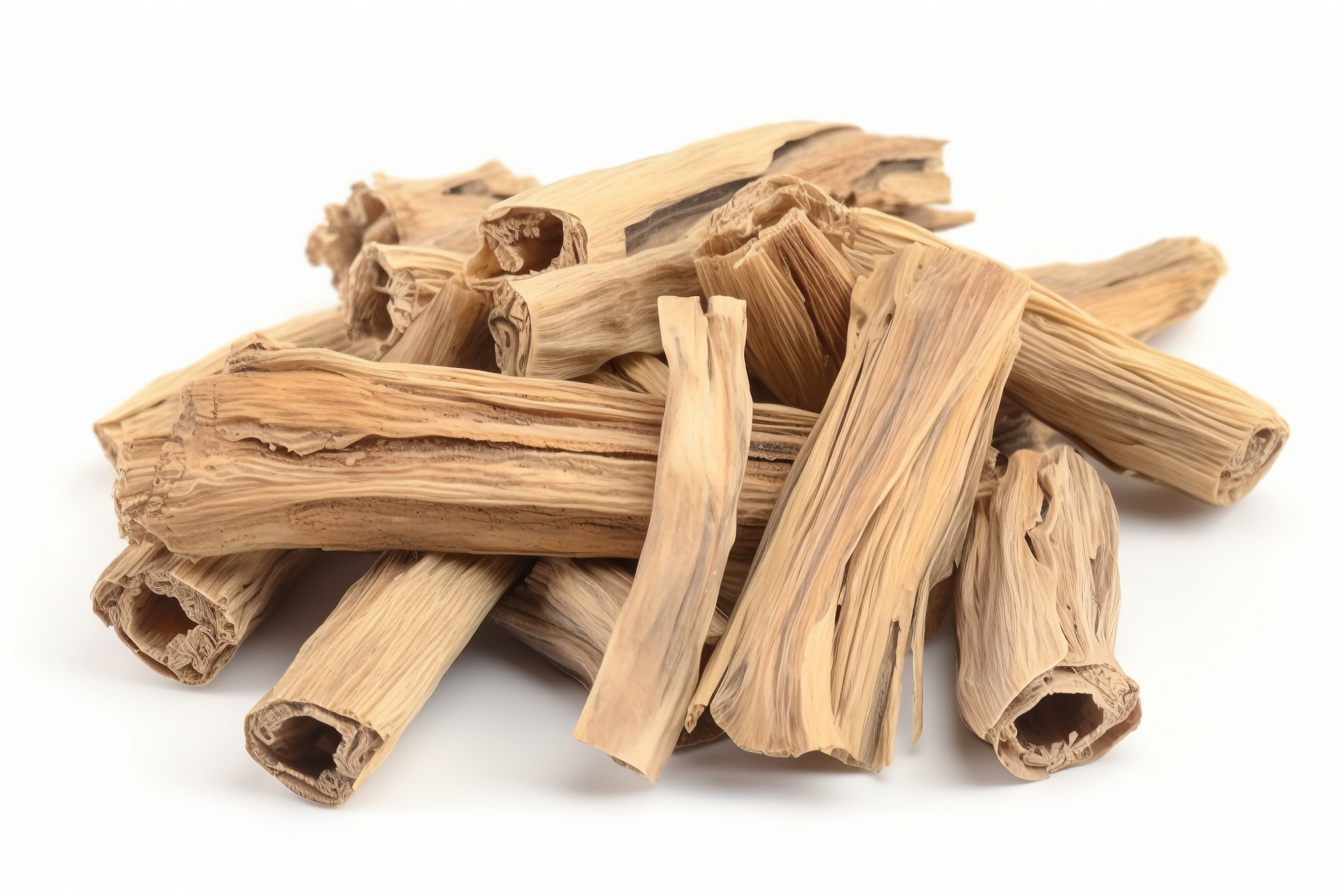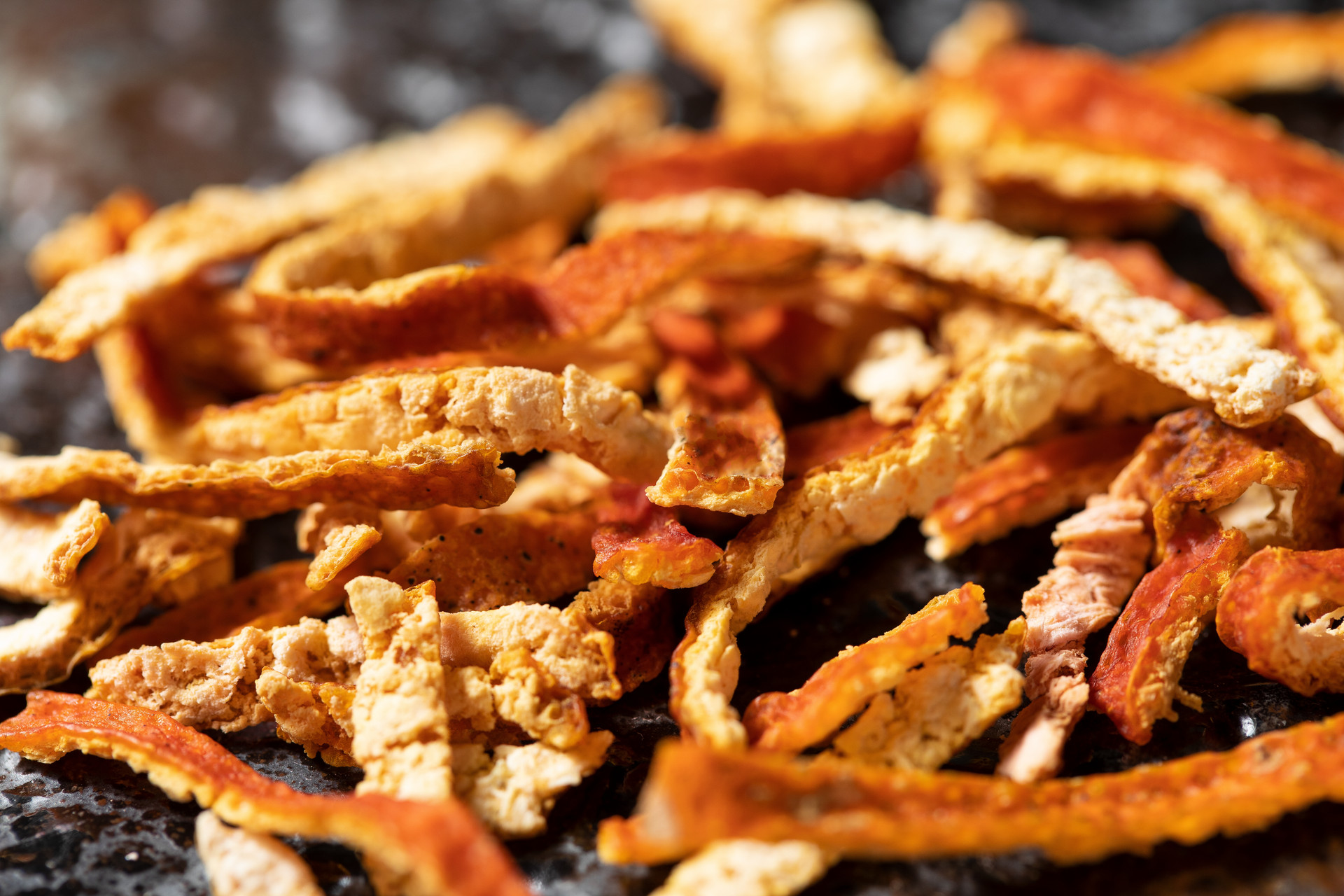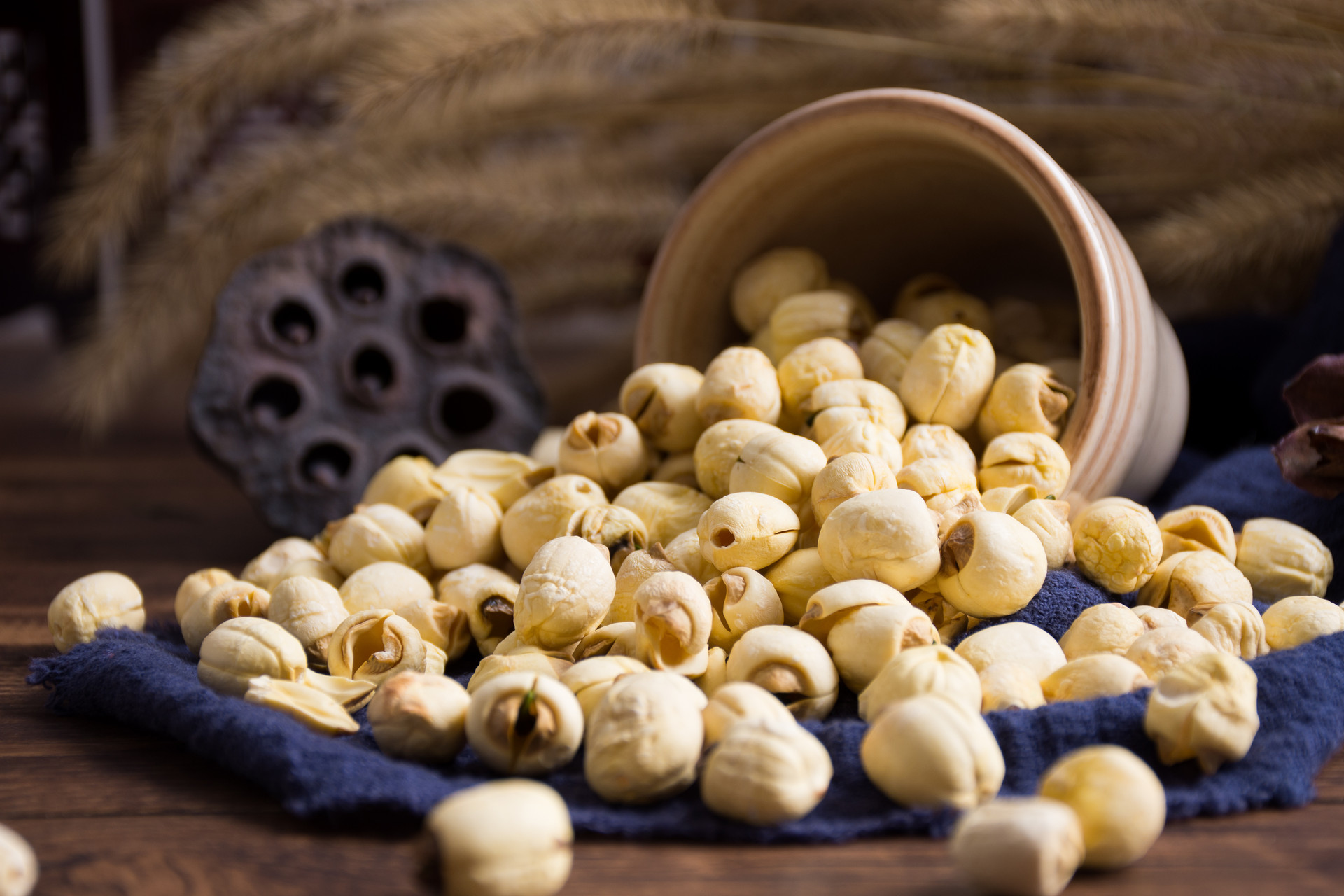Tasselflower. The leaves hold the flowers, like a circle of small Buddha statues on a lotus platform, so it is also known as "Buddha Seat". It often grows by the roadside, in grasslands, and farmland. Tasselflower has the effects of clearing heat, promoting diuresis, invigorating blood circulation, dispelling wind, reducing swelling, and detoxification. Let's take a closer look at tasselflower!
Image of tasselflower
Tasselflower is one of the taller and more colorful wildflowers in the grassland. The flowers are generally pink, and can only be seen in spring. (There are also white ones, but I haven't seen them...)
Tasselflower is named after its leaves. The stems are square-shaped, and the upper leaves are semi-circular, with two leaves opposite each other, appearing as if they are combined into one petal. Its shape resembles the parasol that attendants hold up for ancient emperors and officials during their carriage rides and processions, hence the name "tasselflower".
The leaf edges are serrated, and the veins are deep, making the leaves look slightly weathered...
Image of tasselflower
A single flower stem can often support three to four layers of petals... Each layer will bloom. The flower buds of tasselflower start to develop several months in advance, appearing as inconspicuous little red dots. As the red dots grow larger, the flowers burst open.
In fact, tasselflower is not just pretty, it is actually a type of tubular flower. It is an annual or biennial erect herbaceous plant in the Lamiaceae family, and it has strong medicinal value.
In traditional Chinese medicine, tasselflower is considered to have a neutral nature, a pungent taste, and the effects of clearing heat, promoting diuresis, invigorating blood circulation, dispelling wind, reducing swelling, and detoxification. When taken internally, it can be used to treat jaundice-type hepatitis, lymph node tuberculosis, hypertension, facial paralysis, and hemiplegia.
Image of tasselflower
Most of the seeds of tasselflower are produced through self-pollination, but there is also a portion that is the result of cross-pollination. Self-pollination may be important for plants to ensure reproduction when exploring new settlement environments.
On the other hand, cross-pollination through genetic recombination allows offspring to have a more diverse genotype, which plays a very important role in the adaptation of plants to different environments.
Therefore, the combination of cross-pollination and self-pollination may be the main factor that makes tasselflower a successful weed.












